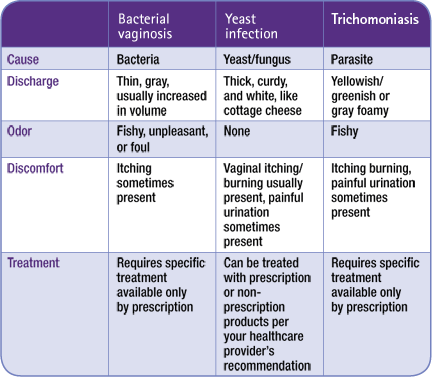Women frequently encounter vaginal infection which is also called vaginosis or vaginitis. This condition is characterized by inflammation in the vaginal area of a woman. Vaginosis may be in the form of bacterial vaginosis, yeast infection or trichomoniasis. Frequently, women think that yeast infection is the most common form of vaginosis. However, medical statistics claim that 10-64% of women are affected by bacterial vaginosis, making it the most common vaginal infection.

Other Names for Bacterial Vaginosis
Bacterial vaginosis is also known as “bacterial vaginitis” or merely, “bacterial infection.”
Causes
The cause for this vaginal condition usually roots at the mixture of several kinds of bacteria and overgrow when vaginal imbalance occurs. However, the specific reason behind the overgrowth of bacteria is yet to be further determined.
Symptoms
When you have bacterial vaginosis, you mostly experience the following symptoms:
- Whitish or grayish, abnormal vaginal discharge;
- Malodorous or offensive, fish-like smell noticeable after sexual contact;
- Itchy feeling at the outer or inner vagina; and/ or
- Burning pain or feeling when urinating
Treatment
Women with bacterial vaginosis can be treated through traditional means. Be sure that you consult your physician about your condition. Your doctor may examine you through some tests including taking sample of your vaginal fluid. Oftentimes, your doctor can easily diagnose if you have bacterial viginosis. Tests come if there is a need for clarification or further diagnosis.
Most of the time, doctors prescribe metronidazole and clindamycin which can be taken as pill or be used as cream.

